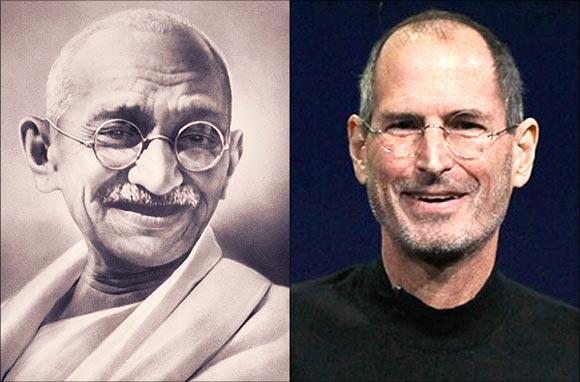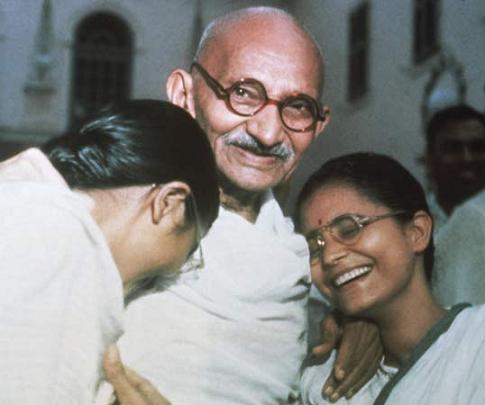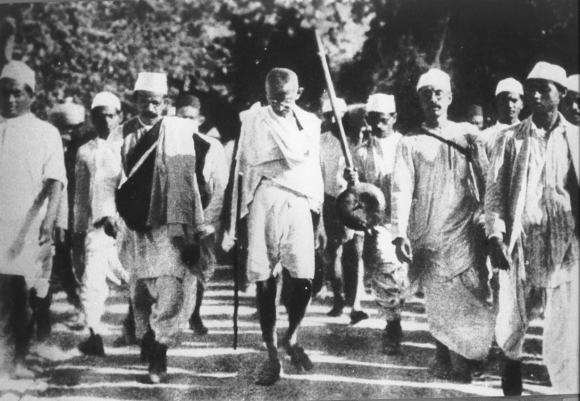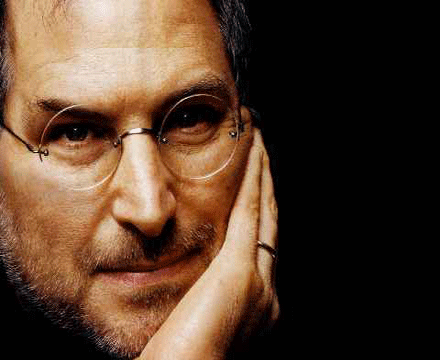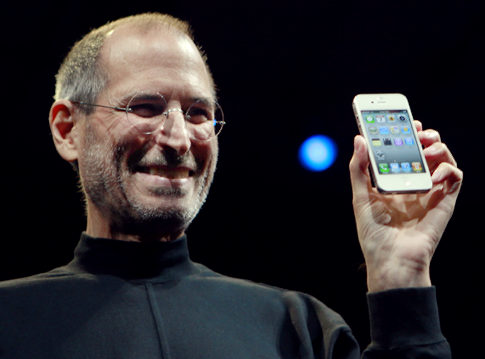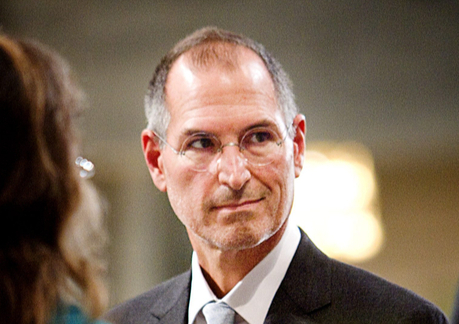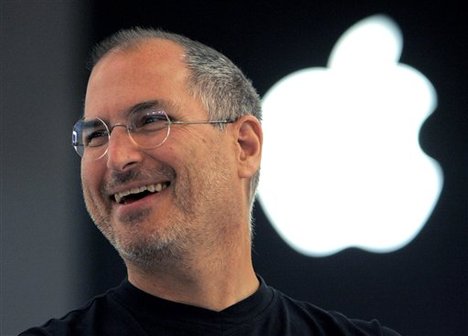 | « Back to article | Print this article |
What Gandhi and Jobs had in common
The icons from two different eras had an intuitive sense of what it took to strike a chord with the masses.
In their book The Hero and the Outlaw, Carol Pearson and Margaret Mark define the archetypal creator as follows:
Core desire: Create something of enduring value
Goal: Give form to a vision
Fear: Having a mediocre vision or execution
Strategy: Developing artistic control or skill
Gift: Creativity and imagination
They may be completely different from each other - from different generations, two different cultures and two different fields - but both Mohandas Karamchand Gandhi and Steven P Jobs were archetypal "creators".
Click NEXT to read more...
What Gandhi and Jobs had in common
Gandhi used his creativity and imagination to lead India to independence; Jobs used these skills to change the face of five contemporary markets.
Both were visionaries and doers; both gave shape to their dreams and left a lasting impression on posterity.
Not surprisingly, Gandhi was one of the many heroes Jobs admired and hoped to emulate.
Let me start with Gandhi, whose 142nd birthday we celebrated last month. Gandhi, consciously or unconsciously, had all the elements of strong branding.
It's amazing how in a world where the media had hardly developed, he was able to galvanise 300 million people across all socio-economic strata to follow him on his mission.
Click NEXT to read more...
What Gandhi and Jobs had in common
To appreciate this, one needs to understand the person called Gandhi and what he stood for.
He built his movement on a great insight: Indians are a resilient and non-violent race, both by nature and culture.
He tapped into this truth to raise a voice against the British. His principles of ahimsa and civil disobedience may have sounded contrary to the then prevailing culture of violence - most revolutions were powered by the gun - but were quite consumer-driven in his country, which was his market.
Not surprisingly, he found great acceptance among the masses.
His satyagraha and dandi march reinforced his core principles. His outward appearance - diminutive, scantily-dressed - created the image of a saint with austere living.
Click NEXT to read more...
What Gandhi and Jobs had in common
This instantly built trust and struck a chord with the lower economic classes. That he was educated abroad added to his stature in a Brahminical society, which helped him connect with the richer and more educated sections of society.
Above all, there were many stories associated with the man: being thrown out of a train in South Africa for being a "coloured" travelling in a "white" compartment; engaging in quick repartee with his western counterparts - when asked what he thought of western civilisation, he said, "It's a good idea."
These anecdotes added to his charm and charisma.
Click NEXT to read more...
What Gandhi and Jobs had in common
Charisma is also what drove everything that Steve Jobs did in the last 25 years. It is said that if you have one great idea in a lifetime, you are blessed.
What if someone had five? Much has been written about Jobs the businessman, the technology genius, the leader.
However, Jobs the brand is as enigmatic and worth learning from as Gandhi. If myths and folklore are part of branding, Jobs has many associated with him.
He was thrown out from the company he had founded and returned to bring it back from the brink - stuff fairy tales are made of.
Click NEXT to read more...
What Gandhi and Jobs had in common
And that Jobs was thrown out by the very person whom he had inspired adds to the drama of the myth - it was Jobs who had persuaded John Sculley to join Apple by asking, "Do you want to spend the rest of your life selling sugared water or do you want a chance to change the world?"
His early life and his "sparring fights" with Microsoft and Bill Gates gave him a clearly distinct persona in a highly crowded, growing and ever-evolving technology market.
However, the power of the brand came from the products and the philosophy with which he created them.
Click NEXT to read more...
What Gandhi and Jobs had in common
"Think different" is what he believed in and practised. Jobs is the epitome of branding - create "desire" rather than satisfy "needs"; "lead" the consumer rather than be "driven" by him, and so on.
He may not have been an inventor, but was able to spot great ideas and take them to the masses, the "aficionados" who sport Apple offerings with so much style and aplomb that these products are always able to command a premium.
It's amazing how during his lifetime every product he offered was awaited with bated breath, over and over again.
Like Gandhi, he defied the prevailing culture of his time - Apple and Jobs are often defined as "casual, creative and anti-corporate".
Click NEXT to read more...
What Gandhi and Jobs had in common
But if one sees closely, his insight that "all workers are ultimately human beings and tools of trade need to be enjoyable" was central to his first Mac revolution in the eighties. This is a universal human truth.
Jobs emitted all the right symbols: an unusual name and logo for a technology brand (Apple was believed to be Jobs' favourite fruit); his casual attire; and ensuring every product was as much a visual delight as an efficient performer.
Above all, he recognised the importance of ritual in branding - from the 1984 commercial on Super Bowl, aired only once, to launching the Macintosh, to creating a world of secrecy around his new product launches, to his dramatic media launches that were awaited with as much excitement as the products themselves.
Click NEXT to read more...
What Gandhi and Jobs had in common
Jobs made his brand, and himself, enigmatic through his actions. In the nineties and the noughties, with a media ready to "be leveraged", Jobs became a master in using it to gain publicity for his brand and products.
His health was shrouded in as much secrecy as his new products and all these little elements added towards making the brand "Apple" and "Steve Jobs" successful.
Like Gandhi, Jobs was able to transcend socio-economic classes. Whether you could afford an Apple product or not, you always held it in high esteem.
Clearly, Gandhi's efforts at brand building were less conscious than perhaps Steve Jobs'. Gandhi had an intuitive sense of branding; Jobs enjoyed it.
Click NEXT to read more...
What Gandhi and Jobs had in common
However, they were both seamless, bringing all elements together in an integrated manner.
Apple is always held up as an example of iconic branding. I, for one, often dismiss the example saying that give me a Steve Jobs and then talk about branding Apple-style.
However, now when the business world has lost a branding king, it's worth taking some time to reflect on his life and principles of branding.
The author is Country Head-Discovery and Planning, Ogilvy and Mather, India
Views expressed are personal
madhukar.sabnavis@ogilvy.com
